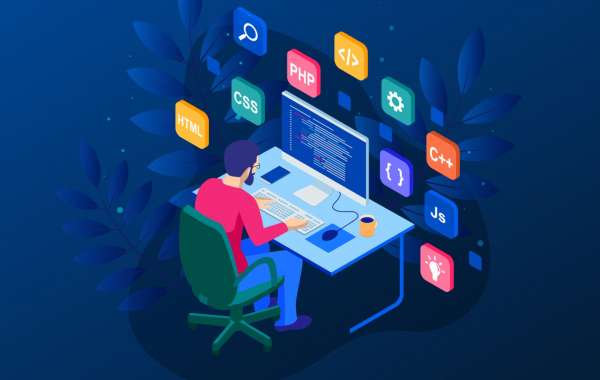When diving into the mobile app development landscape, the first question that often arises is, "Which programming language should I choose?" This choice is pivotal as it can greatly influence the success of your app. In Dallas, a city burgeoning with tech innovation, making an informed decision is even more critical.
Popular Programming Languages
In my experience as a developer, I’ve found that the choice of programming language can vary significantly based on the project requirements. Java has been a staple in Android development for years. It’s robust, has a large community, and numerous libraries that make development easier. However, Kotlin is gradually taking the spotlight. It’s modern, concise, and seamlessly integrates with Java, making it a favorite among many Android developers in Dallas.
For iOS development, Swift is the go-to language. Apple’s dedication to making Swift a powerful and easy-to-use language has paid off. It’s fast, safe, and expressive, enabling developers to write cleaner code. I’ve seen how quickly Swift has become essential in mobile app development projects across the industry.
Cross-Platform Development
Cross-platform frameworks like Flutter and React Native have revolutionized how we approach app development. In my experience, these frameworks allow developers to write a single codebase that runs on both iOS and Android, saving time and resources. Flutter uses Dart, a language that’s easy to learn and offers impressive performance. On the other hand, React Native leverages JavaScript, which many web developers are already familiar with, making the transition to mobile development smoother.
Performance Considerations
Performance is a crucial factor when selecting a programming language. Native languages like Swift and Java generally offer better performance because they are optimized for their respective platforms. However, I’ve noticed that Flutter and React Native have made significant strides in performance optimization. With the right techniques and tools, apps developed using these frameworks can achieve near-native performance.
Community and Support
The strength of a programming language often lies in its community and support. Java and Swift boast extensive communities, providing a wealth of resources, libraries, and frameworks. In Dallas, local meetups and developer groups offer ample opportunities to network and learn from peers. The growing communities around Flutter and React Native are also impressive. They offer robust documentation, tutorials, and forums that can help developers overcome challenges quickly.
Future Trends
Keeping an eye on future trends is essential. Kotlin's rise suggests that it might soon become the default language for Android development, given its advantages over Java. Similarly, Swift’s evolution continues to push the boundaries of iOS development. Cross-platform development is here to stay, with Flutter and React Native leading the charge. In Dallas, the trend towards cross-platform solutions is particularly strong, as businesses seek cost-effective ways to reach both iOS and Android users.
Personal Experience
From my experience working on various mobile app development projects, the choice of programming language significantly impacts the development process and the final product. Each language and framework has its strengths and weaknesses, and the right choice depends on the specific needs of the project. Whether it's the reliable Java, the modern Kotlin, the swift Swift, or the versatile Flutter and React Native, there's no one-size-fits-all answer. Instead, it’s about finding the best fit for your app’s requirements and your team’s expertise.
If I had to highlight one key takeaway, it’s that staying adaptable and continuously learning about new tools and languages is crucial in the ever-evolving field of mobile app development Dallas, where the tech scene is vibrant and dynamic, this adaptability can set you apart and drive your success in creating outstanding mobile apps.




